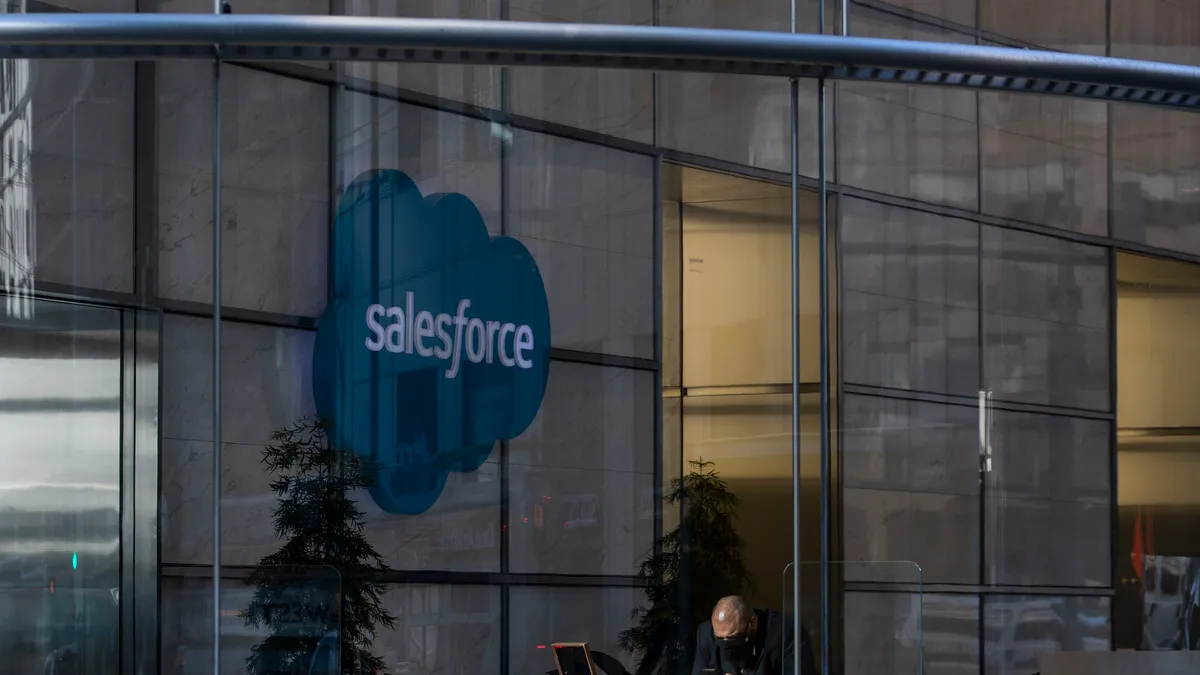Dive Brief:
-
Software inflation has remained “stubbornly high” this year at a rate of 8.7% — more than double the inflation rate as measured by the consumer price index in the U.S., according to research conducted by London-based Vertice, a SaaS and cloud spending management company.
-
Vertice’s annual “SaaS Inflation Index” report, unveiled Tuesday, shows that software prices are surging despite a decrease in the CPI this year compared with 2022. The price hikes varied across product categories, with sales software seeing the most rapid increases at an inflation rate of 10.6%. This was followed by finance (10.2%) and productivity tools (10.1%). In contrast, consumer prices rose 3.2% year-over-year in October, according to the latest Labor Department data released Tuesday.
-
“While consumers across the world face a cost-of-living crisis, businesses are facing their own cost of software crisis, with costs rising much faster than last year, as vendors look to grow their top lines in a challenging macroeconomic environment,” Vertice CEO Eldar Tuvey said in a press release.
Dive Insight:
Almost three-quarters of SaaS vendors hiked prices in 2023, pushing total software spending levels to an all-time high, according to Vertice, which has purchasing data on 16,000 vendors.
“Software vendors are hiding behind the idea that inflation is high, so therefore they can charge more,” Joel Windels, vice president of global marketing at Vertice, said in an interview. But the industry is raising prices at a much more aggressive pace than other sectors, he said.
“Tech companies’ revenue growth is not as good as it was in previous years,” Windels said. “Increasing prices is a relatively simple way of trying to squeeze more dollars out of their customers.”
IBM is set to impose a variety of price increases for its cloud customers, effective Jan. 1. While most IaaS billing increases won’t impact U.S. customers, data storage rates will increase for all customers by as much as 26% in January.
Salesforce earlier this year said it was increasing list prices on average by 9% across several of its offerings, including Sales Cloud and Marketing Cloud, beginning in August. The price changes come at a time when the customer relationship management software giant faces pressure from investors to increase profitability, according to a July research note from Gartner, as previously reported by CFO Dive.
Salesforce defended its move by noting that it had not raised list prices in seven years and has since delivered 22 new releases and thousands of new features, including recent generative AI innovations.
However, neither the price hikes nor recent investments in AI are expected to have a significant influence on the company’s revenue projections for the current fiscal year, CFO Amy Weaver said during an August earnings call.
“I think that those opportunities really take a while to roll through our customer base, particularly on pricing as we look to renewal,” Weaver said during the call.
Meanwhile, in late July, SAP announced that it was raising annual on-premises support fees by no more than 5%, effective Jan. 1. This followed the company’s decision in 2022 to boost average support fees by as much as 3.3%, beginning in early 2023. In its latest announcement, the company cited “the current market conditions, which are characterized by still high inflation rates.”
Some big tech companies might be counting on the fact that customers are willing to absorb price increases for “must-have” software products as a cost of doing business, according to Windels.
“If you think about applications such as invoicing, payroll, or expense management software, these are tools that businesses just cannot do without, and so they’re very hard to dislodge,” he said.
SaaS spending now accounts for 14.1% of a typical company’s expense line, up from 12.7% last year, according to Vertice. This equates to an average of $7,900 per employee spent on software, compared to $5,760 in 2022.
For the first time ever, software spending has surpassed the contribution employers pay for healthcare coverage, Vertice said.
Further complicating matters for buyers, more than half (57%) of SaaS vendors hide their pricing from public view, making it easier to mask price hikes, according to Vertice. “In a similar way that airline and broadband pricing models can be a ‘black box’ for consumers, software vendors often make pricing complicated and difficult to understand,” Vertice said.
The research shows that while overall business SaaS spending is growing by 17.9%, only 8.7% comes from growth in prices. The remainder is driven by “shrinkflation,” where vendors charge the same price for reduced functionality as they look to increase revenues in tough economic conditions, according to Vertice.
Among Vertice’s customers, more than a quarter (28%) of contracts have been impacted by shrinkflation techniques such as bundling of products and features to hide decreases in real value to end customers, the release said.














